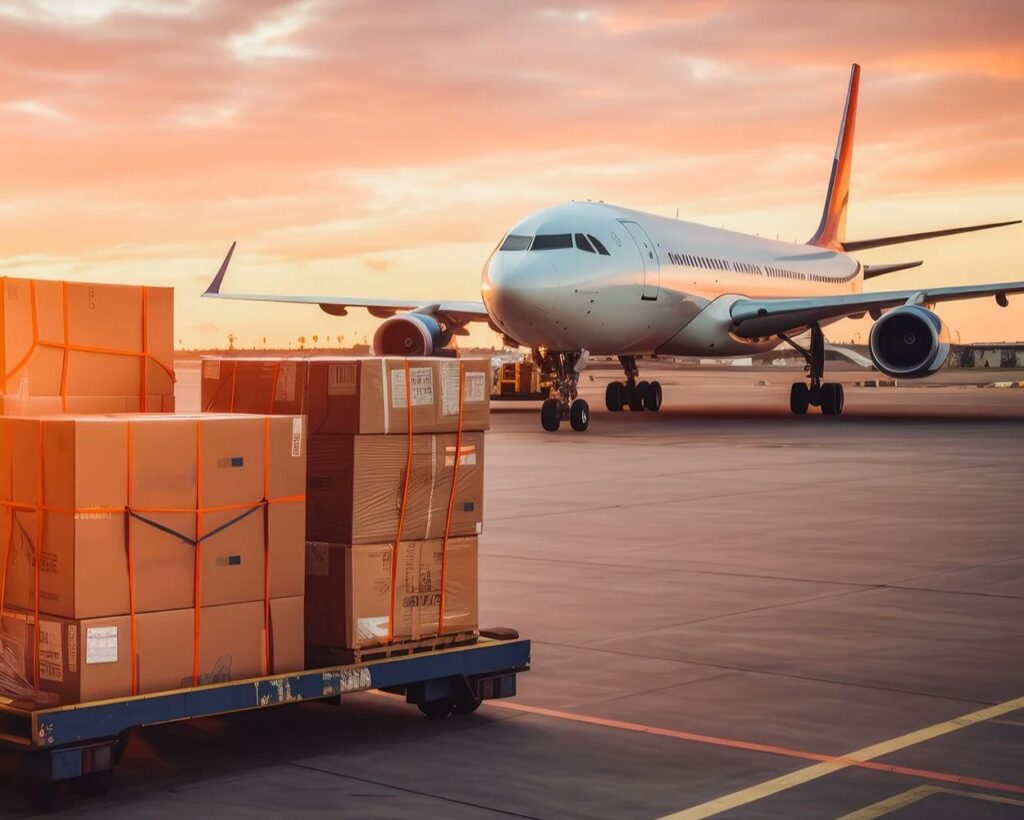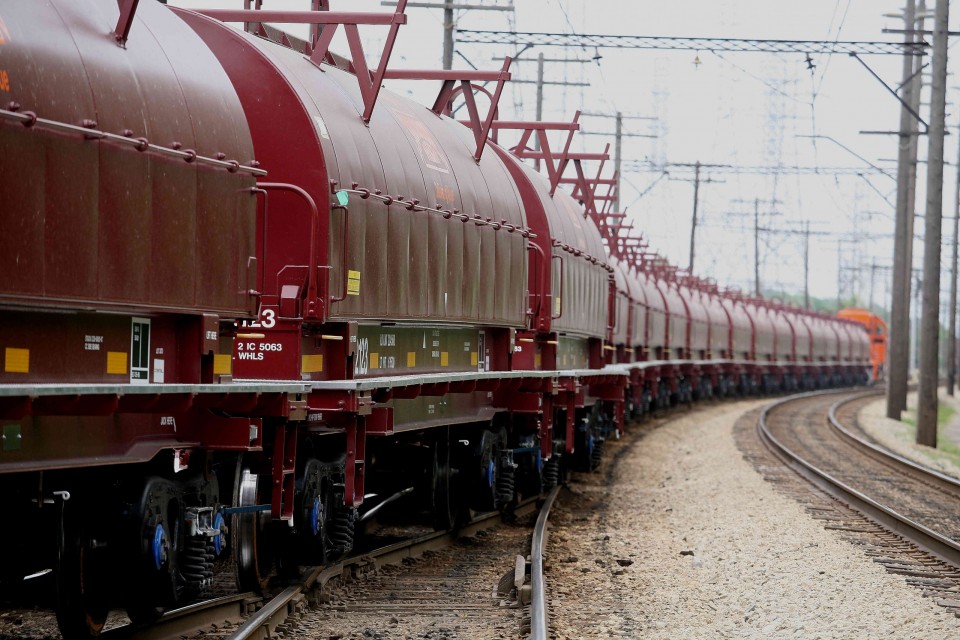- By Della tj
- September 26, 2025
- Rail Freight, Shipping
The China EU freight train has become one of the most strategic solutions in modern logistics. Many companies importing goods from China to Europe face long sea transit times and high air freight costs. However, the rail connection between China and Europe offers a balanced alternative that improves delivery schedules, reduces shipping costs, and enhances supply chain flexibility.
What Is the China EU Freight Train?
The China–Europe Railway Express, commonly known as the China EU freight train, was launched in 2011. It connects major Chinese cities such as Chongqing, Xi’an, Yiwu, and Chengdu with European destinations like Duisburg, Hamburg, Warsaw, and Madrid.
Although sea freight is cheaper for bulk shipments, the freight train provides a middle ground: faster than ships, cheaper than planes. Moreover, it plays a vital role in the Belt and Road Initiative, creating new opportunities for international trade.
How Fast Is theChina to Europe Freight Rail Compared to Other Modes?
| Mode | Transit Time | Cost Level | Pros | Cons |
|---|---|---|---|---|
| Sea Freight | 30–40 days | Cheapest | Ideal for bulk cargo | Long transit, port delays |
| Air Freight | 5–10 days | Most Expensive | Fastest, reliable | High costs, weight limits |
| Rail Freight | 15–20 days | Moderate | Balance of cost and speed | Limited routes, customs complexity |
As a result, the China EU freight train is the preferred choice for goods requiring speed at lower cost than air freight.
Real Case Studies
Case 1: Xi’an → Duisburg
- Cargo: 40GP container of auto parts
- Cost: USD 5,500
- Transit Time: 17 days
- Mode: Rail freight, consolidated
Case 2: Chengdu → Warsaw
- Cargo: 20GP container of consumer electronics
- Cost: USD 3,600
- Transit Time: 15 days
- Mode: Block train service
What Are the Main Routes of the China EU Freight Train?
The China–Europe Block Train network covers multiple corridors:
- Northern Route: Through Mongolia, Russia, and Belarus to Northern Europe.
- Central Route: Through Kazakhstan, Russia, Poland to Central Europe.
- Southern Route: Through Kazakhstan, Caspian Sea connections, and Turkey to Southern Europe.
Indeed, each route serves different industries depending on cost, time, and customs efficiency.
How Much Does Rail Freight Cost from China to Europe?
| Route | Container Size | Average Cost (USD) | Transit Time |
|---|---|---|---|
| Xi’an → Duisburg | 40GP | 5,500–6,200 | 16–18 days |
| Chengdu → Warsaw | 20GP | 3,400–3,800 | 14–16 days |
| Yiwu → Madrid | 40HQ | 6,000–6,600 | 18–20 days |
| Chongqing → Hamburg | 40GP | 5,200–5,900 | 17–19 days |
Costs remain subject to seasonal demand, fuel adjustments, and customs fees.
What Customs Documents Are Required for China EU Freight Train?
| Document | Purpose |
|---|---|
| Rail Bill of Lading | Transport contract proof |
| Commercial Invoice | Declares goods value |
| Packing List | Detailed cargo breakdown |
| Certificate of Origin | Proves product origin |
| Customs Declaration | Mandatory for border clearance |
Additionally, dangerous goods or high-value shipments may require special permits.
Why Should Companies Use the China–Europe Block Train?
Although rail freight does not replace sea or air entirely, it offers clear benefits:
- Faster than ocean shipping.
- Cheaper than air freight.
- Reliable for high-demand industries like electronics and automotive.
- Sustainable alternative with lower CO2 emissions.
On the other hand, capacity limitations mean it works best for medium-sized, time-sensitive shipments.

How Do Businesses Track Their Cargo on the China–Europe Express Train?
Rail operators and freight forwarders provide real-time tracking systems using GPS technology. Consequently, shippers receive updated location, estimated arrival times, and customs clearance status. Moreover, integration with supply chain platforms helps businesses synchronize inventory and warehousing.
Pros and Cons of the China EU Freight Train
| Pros | Cons |
|---|---|
| Balanced cost and speed | Higher than sea freight |
| Stable schedules | Limited network scope |
| Sustainable logistics | Customs delays possible |
| Ideal for e-commerce and electronics | Capacity constraints |
To summarize, companies should evaluate shipment volume, urgency, and trade routes before selecting rail transport.
Conclusion
The china eu freight train has become a game-changer in international logistics. By bridging China and Europe with cost-effective, sustainable, and timely transport, it creates strong opportunities for global trade. Businesses using this service enjoy shorter delivery schedules, predictable costs, and reduced environmental impact. Therefore, choosing rail freight with expert forwarder support is a smart strategy for long-term growth.
- Consult TJ China Freight Forwarding for the lowest quote. They will provide you with reliable, cost-effective service.
FAQs
Q1.How often does the China EU freight train operate?
It runs multiple departures weekly from major Chinese hubs to European destinations, depending on seasonal demand and trade flow.
Q2.Can small businesses book space on the China EU freight train?
Yes, LCL (less than container load) services allow SMEs to share container space and reduce shipping costs efficiently.
Q3.What industries benefit most from rail freight between China and Europe?
Electronics, automotive parts, fashion, and e-commerce businesses benefit most from balanced transit times and moderate costs.
Q4.Is the China EU freight train affected by political issues?
Occasionally, route adjustments occur due to regional conflicts or sanctions, but overall service remains reliable.
Q5.How does tracking work for shipments on the China EU freight train?
Freight forwarders provide GPS-enabled tracking, offering real-time updates on cargo location and estimated arrival times.




